
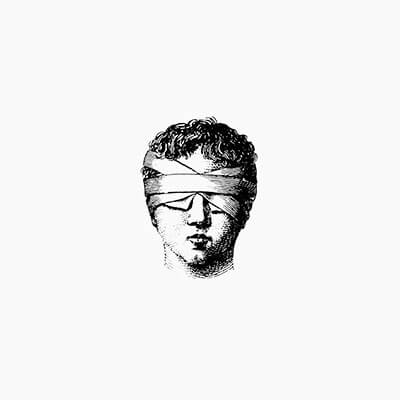
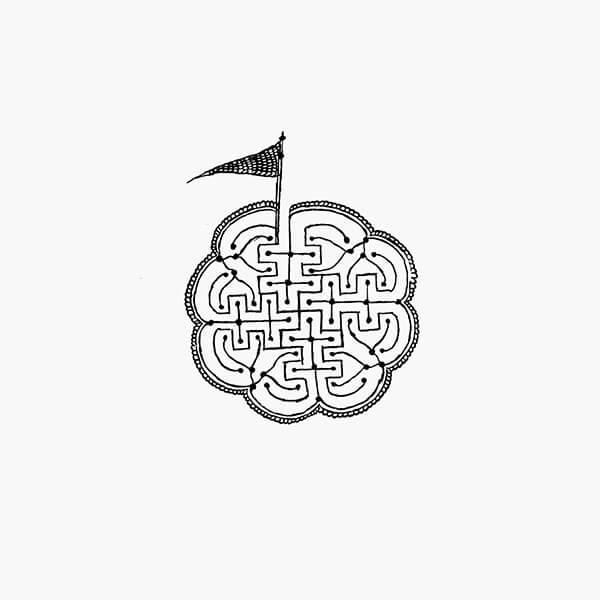
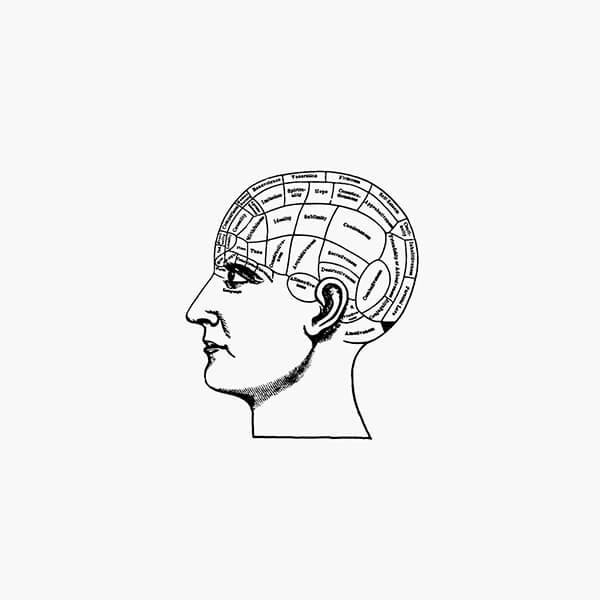
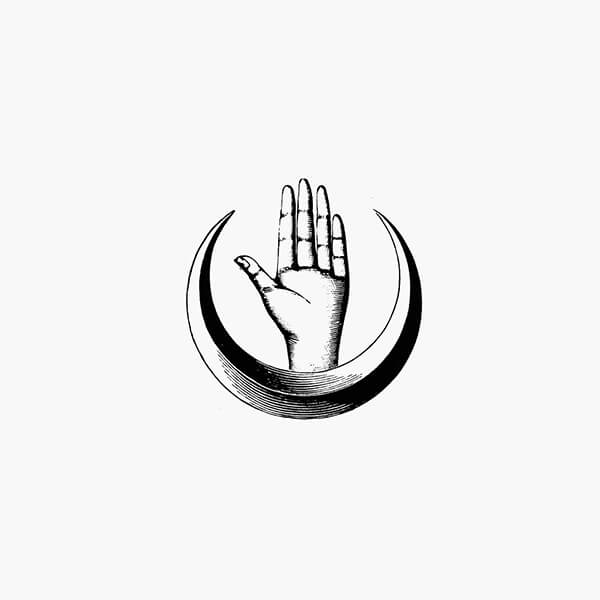
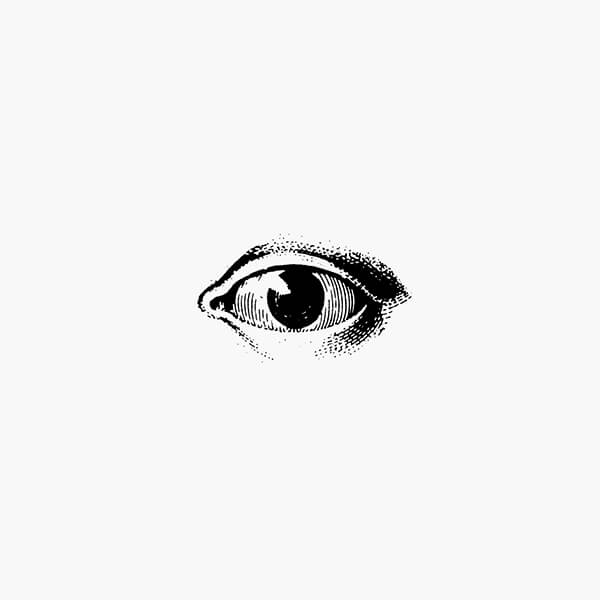
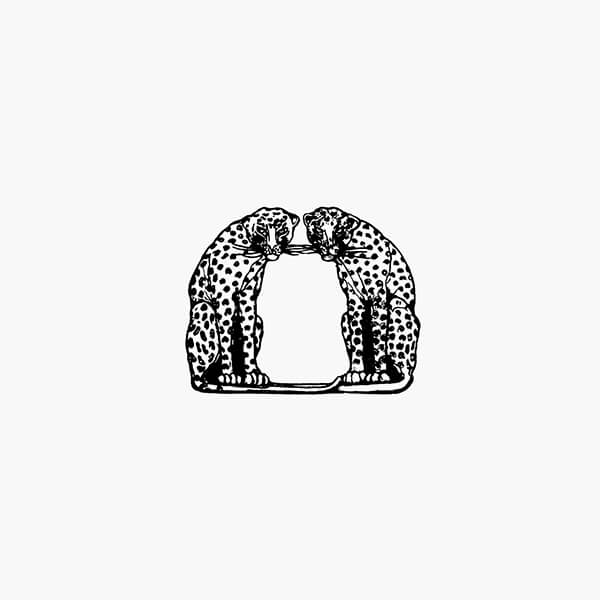

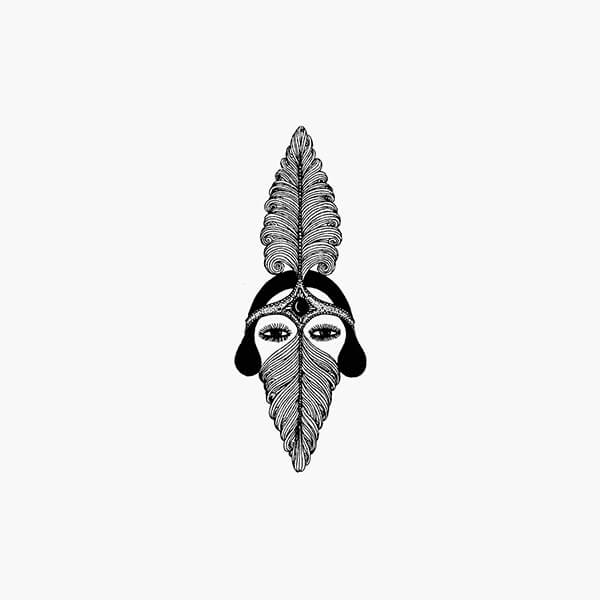

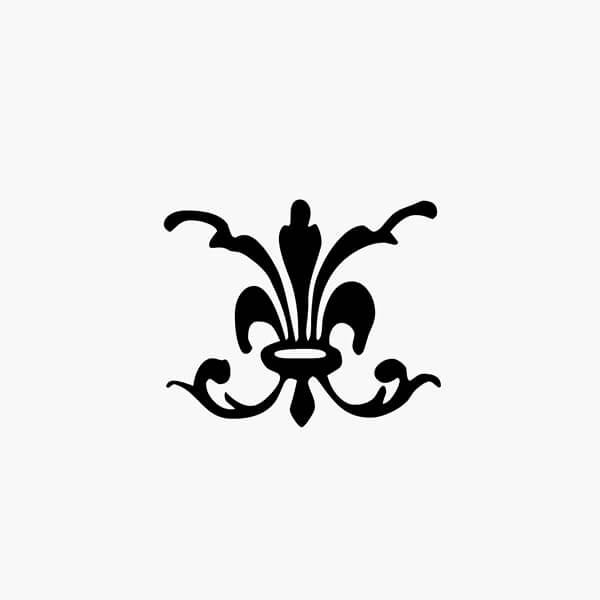

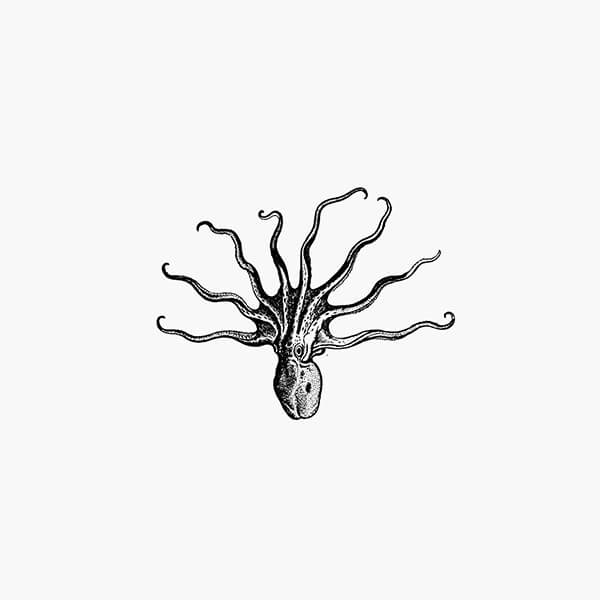

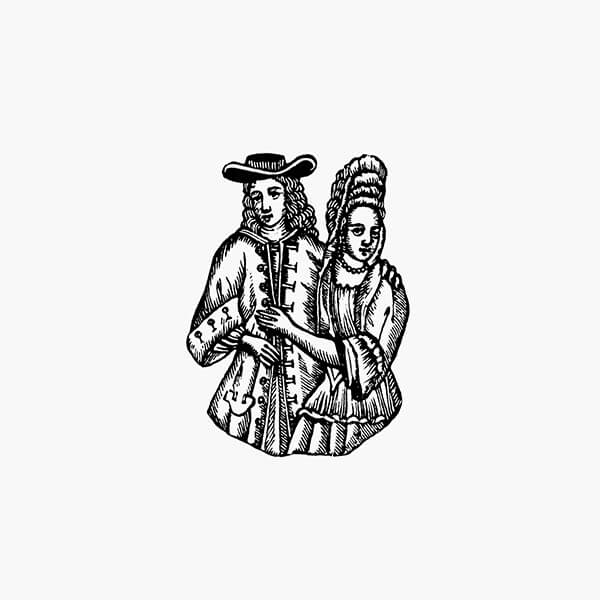


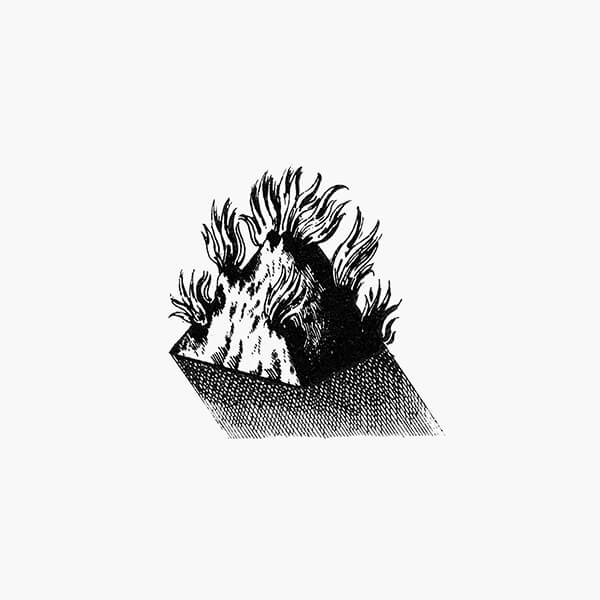
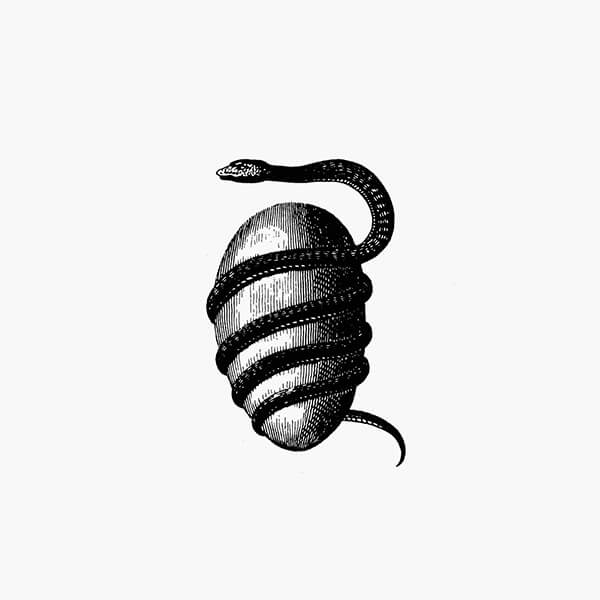









Signs of Man
6451 Erté
Roland Barthes. Texts by Sal and Eric Estorick
1970 / 192 PAGES
One of the masterminds behind the legendary 1920s style, today Erté is viewed as the symbol of Europe as a whole. Here, his creations are interpreted in a subtle study by Roland Barthes.
Erté: these four letters, viewed by many today as a secret emblem or monogram, are simply the French transcription of “R” and “T”, the initials of painter, set and fashion designer Romain de Tirtoff.
Over one hundred years have passed since the world first met Erté: the year was 1913 and a dancer who would become legendary – Mata Hari – was performing at the Theatre de la Renaissance in Paris. Her costumes had been designed by Erté, an unknown young Russian designer who had recently moved to Paris. It was a resounding success. Two years later, Erté found himself designing the first covers for Harper’s Bazaar and exciting the United States. His style was incomparable: a successor of the great Liberty and Art Nouveau painters, of Beardsley and Klimt, Erté enhanced their style with hidden veins of Eastern décor, with exquisite Iranian or African styles. This volume represents a thrilling journey exploring Erté’s art, with a vast series of reproductions accompanied by an essay by Roland Barthes.